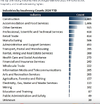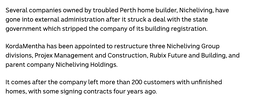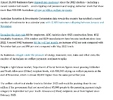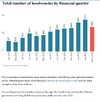- Joined
- 20 July 2021
- Posts
- 12,646
- Reactions
- 17,591
air-conditioners ?my school never had any power issues in the detitention room, but i do remember the day they installed airconditioners
my classrooms had windows ( some of them actually opened/closed ) doors , and a clock ( which worked on batteries .. an upgrade from the key wound ones )
only selected class-rooms had electricity connected








